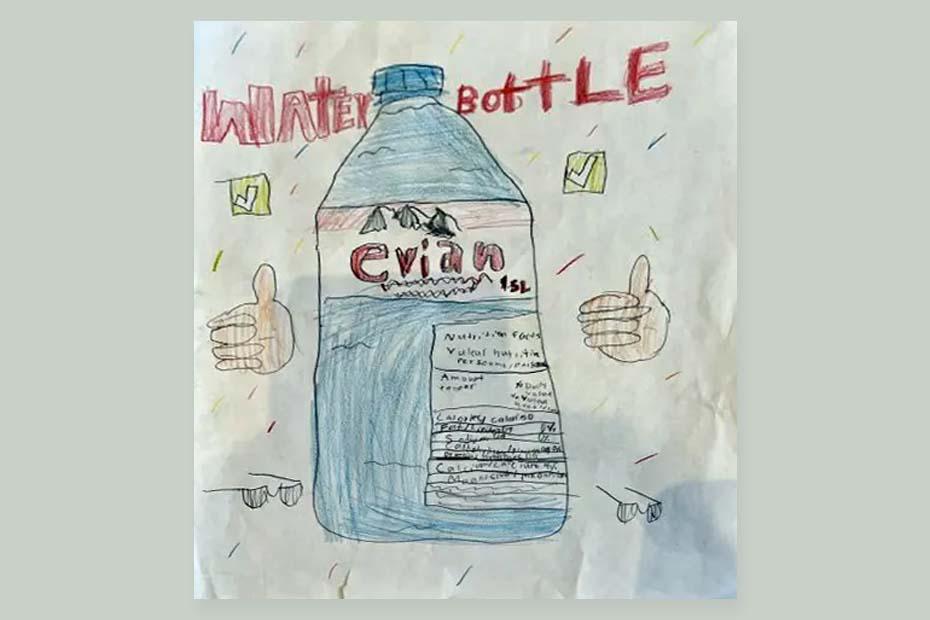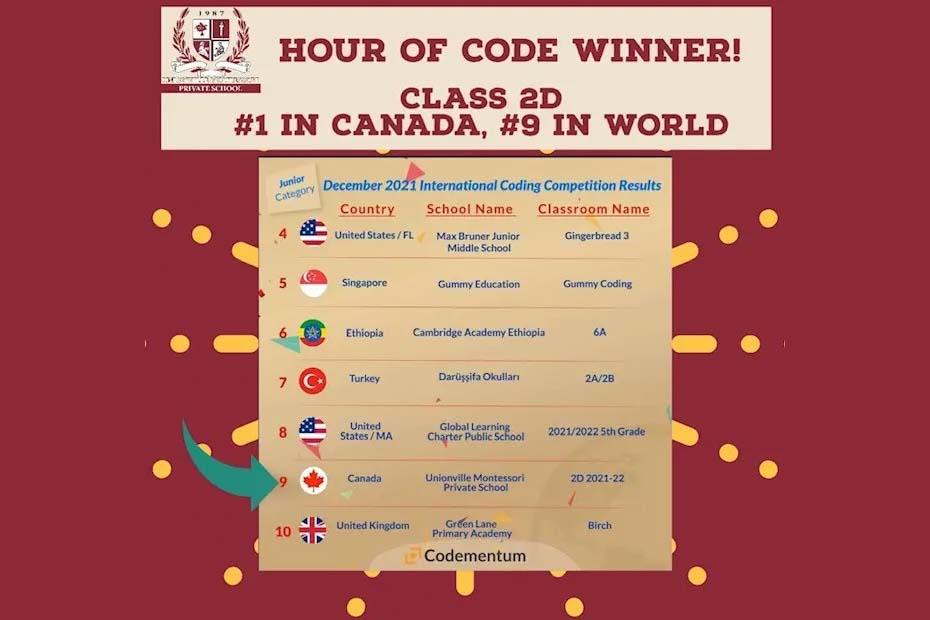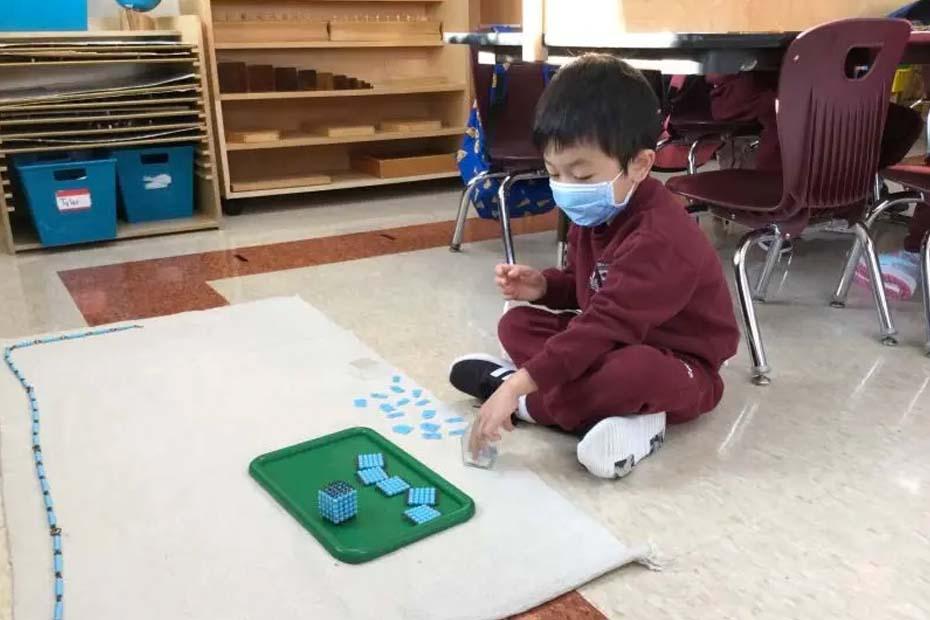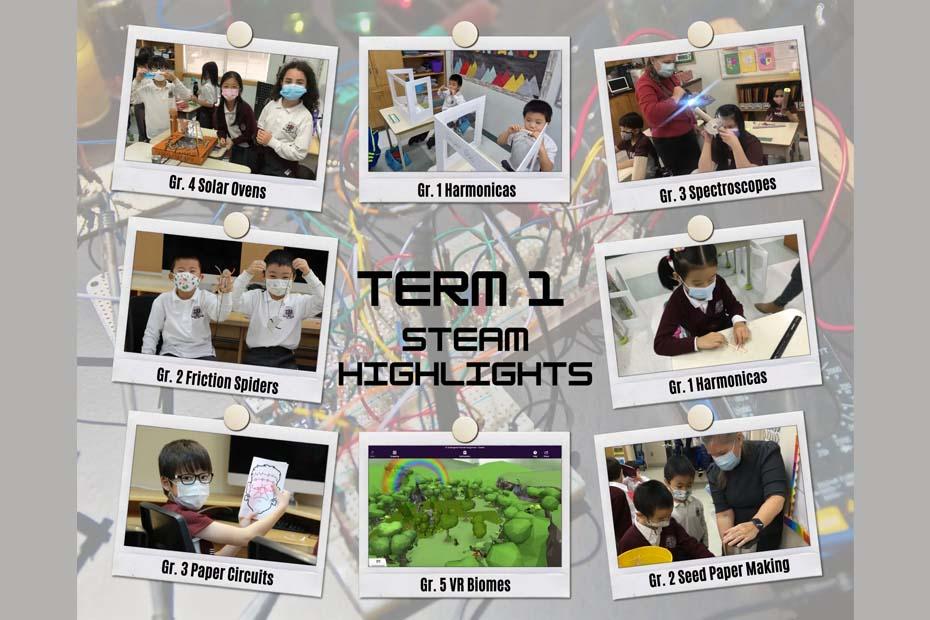In previous newsletters we provided you with information about four main areas of a Montessori classroom (Practical Life, Sensorial, Language and Mathematics) and their activities and functions. Another very important area in the classroom is the Cultural Area. Cultural activities for students in a Montessori classroom expose them to such fields as physical sciences, history, geography, anthropology, music, art and biology. Through various activities the children develop an understanding of the world around them and their place in it. Through her work with children, Dr. Montessori concluded that “…scientific words are best taught to children between the ages of three and six; not in a mechanical way of course, but in conjunction with the objects concerned, or in the course of their explanations so that the vocabulary keeps pace with their experiences“. In keeping with this philosophy, the Cultural Activities offer the child hands-on experience with, and proper and precise labels for, objects and their parts. Materials in the cultural area include Globes, Land and Water Form Trays and Classification Cards which help the students learn the differences between land and water. The students work with various Puzzle Maps which demonstrate how the World’s land areas have been divided and named. Among the maps the children learn with are the Continents, Canada, North America, South America, United States, Australia, Europe, Asia and Africa. Children also have the opportunity to make their own maps and study the different Flags of the World. The students and teachers look forward to International week at UC each year when they have a wonderful opportunity to put a “face” to the places they have been learning about during the year via their classmates’ cultural costumes, traditional foods and “show and tell”.
Through using Classified Cards and Nature Inset Puzzles, the students learn the body parts and characteristics of different animals; insects, fish, amphibians, reptiles, birds and mammals. Children also use Classified Cards and Puzzles to learn about leaves, plants, flowers, fruit, vegetables and the Plant Life Cycle. Students use a wide variety of hands-on sorting and grouping activities in the Cultural Area to help them learn about their environment, including different methods of transportation, vertebrates and invertebrates, animal habitats, animals and their babies, musical instruments, sink or float, art forms, magnetic/non-magnetic, different currencies, parts of our bodies, differences between fruits and vegetables and much, much, more!
The study of Cultural subjects provides the child with the opportunity to explore their place in society and understand similarities between their own culture and others, thereby developing tolerance and respect for differences. Learning these concepts by working with their hands contributes to the development of the intellect and increases curiosity about the world around them.




